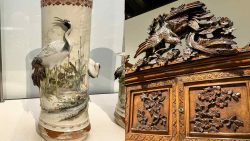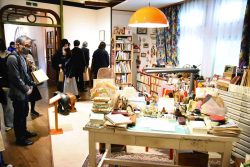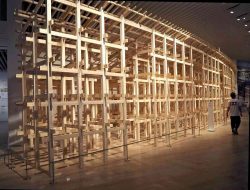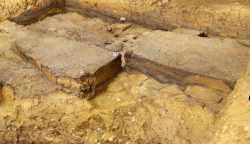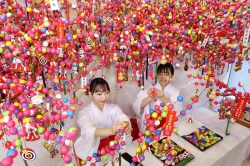Art Museums in Japan’s Kansai Region Reopen After Renovations; Many Structures Need Work to Keep Up with Modern Times
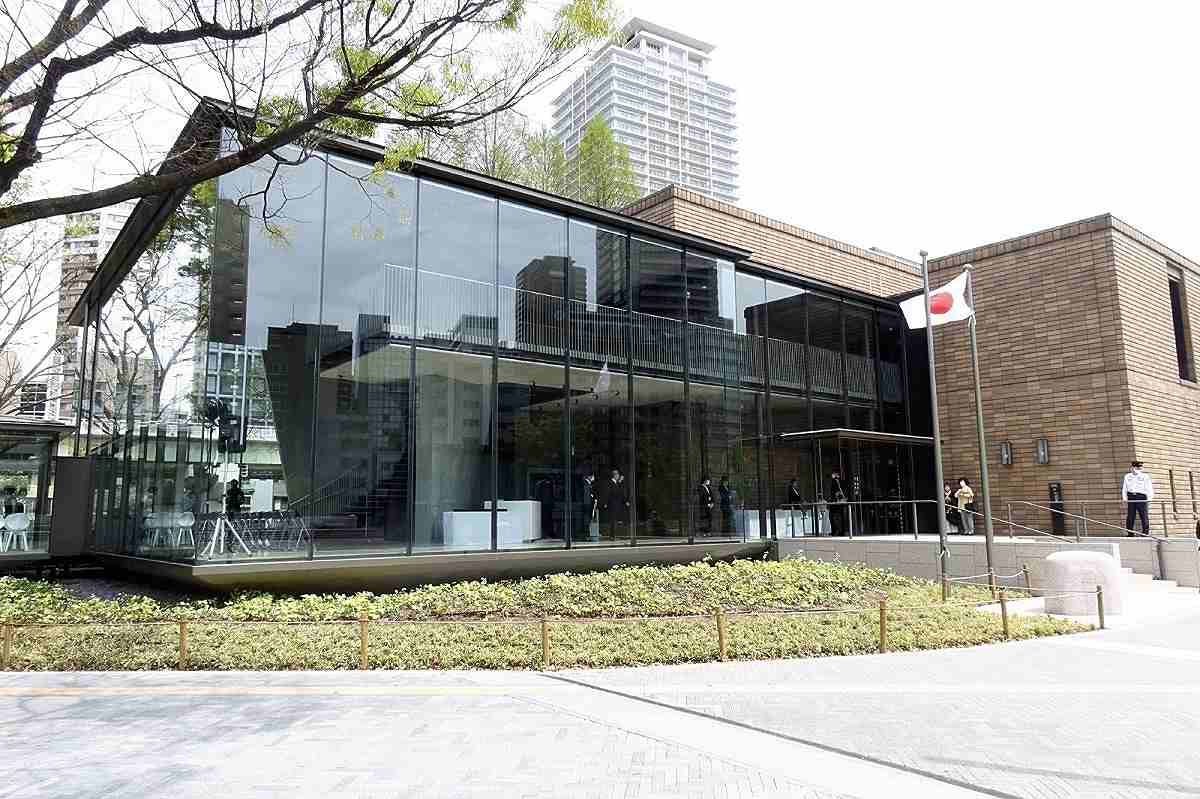
The renewed Museum of Oriental Ceramics, Osaka in Kita Ward, Osaka
17:35 JST, July 8, 2024
Art museums across the Kansai region are reopening following renovation and repair work on the ageing facilities.
All the museums were built in the 1980s and 1990s, a period that saw a boom in art museum construction. Following their renewals, visitors are being welcomed back with elaborate exhibitions.
The Museum of Oriental Ceramics, Osaka, opened in Kita Ward, Osaka, in 1982. The museum closed for renovation in 2022 due to aging facilities and reopened in April. The entrance hall is now an open space with glass walls, and special LEDs that match the color of natural light have been introduced in exhibition rooms to highlight the charms of the ceramic exhibits.
The current exhibition “Special Exhibition: Reopening! The Museum of Oriental Ceramics, Osaka (MOCO)” showcases the facility’s outstanding collection in the new environment. About 380 masterpieces are on display, including national treasures such as a celadon bottle from the Yuan dynasty in the 14th century. The bottle is adorned with iron brown spots and a glossy green glaze.
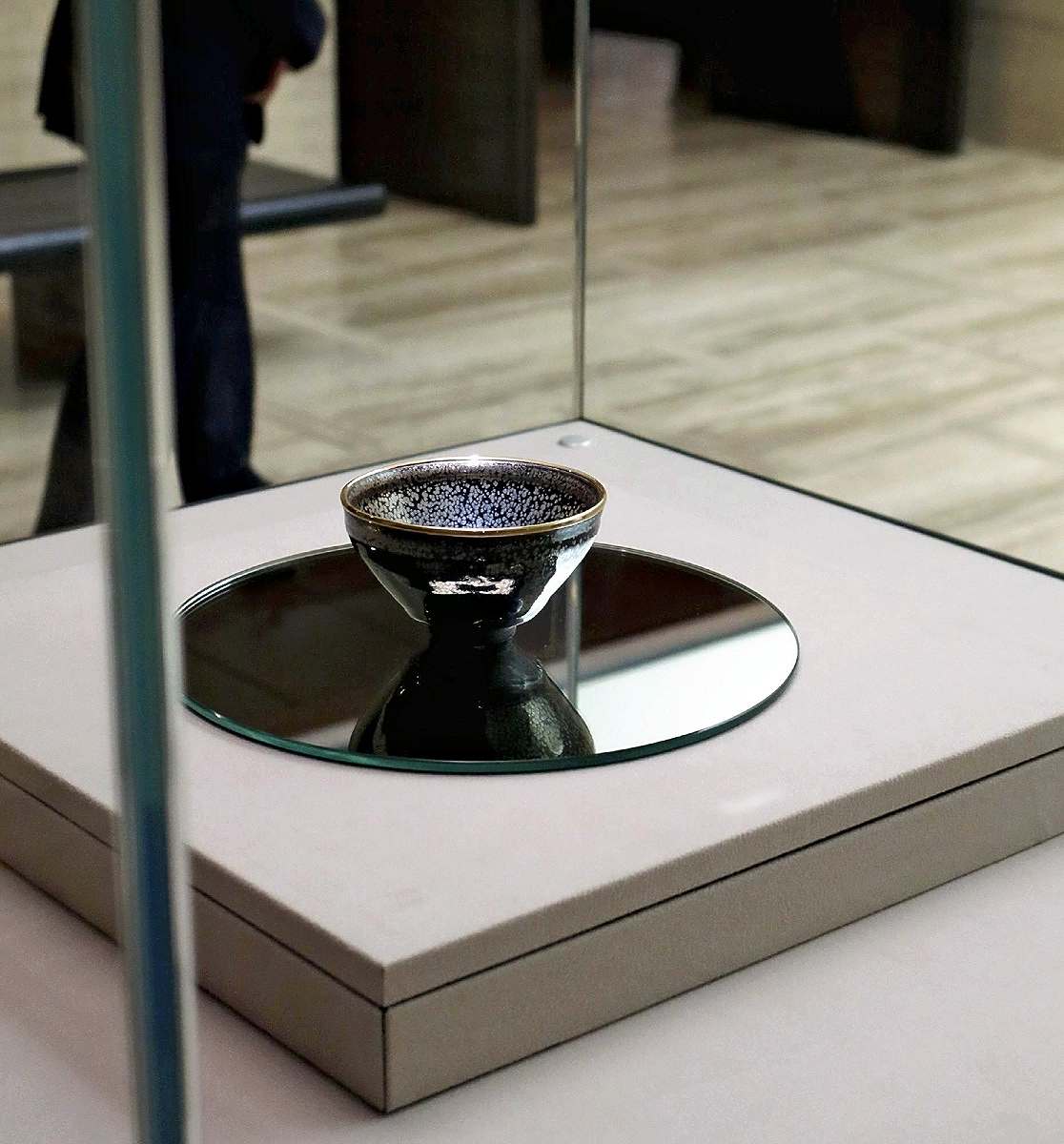
A tea bowl from the Southern Song dynasty of the 12th–13th centuries is seen at the Museum of Oriental Ceramics, Osaka.
A tea bowl from the Southern Song dynasty of the 12th–13th centuries is featured as well. Also designated a national treasure, it sports silver spots and a tenmoku glaze. The ornament, a representative piece of the museum, is being displayed in a special case equipped with spot lighting to highlight the inside of the bowl. The bowl’s beautiful, mottled patterns can be viewed from any angle.
“We have adopted a display method that accommodates changing times,” said Hitoshi Kobayashi, a curator of the museum. “I hope visitors can experience the works more realistically.”
The exhibition will run through Sept. 29.
The Museum of Modern Art, Wakayama, located in Wakayama City, also resumed operations in spring. Designed by architect Kisho Kurokawa and originally completed in 1994, the museum closed for four months to renew the elevators, one of which is made of glass. Located in the entrance hall, the museum’s innovative structural design allows users of the glass elevator to view the inside.
The museum held an exhibition titled, “Future opened up by Clay: Revolutionary Expression of Pottery,” which ran until the end of June. The exhibition traced the history of postwar avant-garde ceramics, mainly in the Kansai region. About 110 works by 30 artists were on display, including Yasuo Hayashi, a pioneer of innovative expression in the form of objects, and Kaoru Minamino, who is known for his giant spherical works. As a starting point, the artists explored techniques and materials inspired by the Kyoto-based avantgarde ceramic artist groups Shikokai and Sodeisha. The artists went on to create pioneering works while being influenced by other genres.
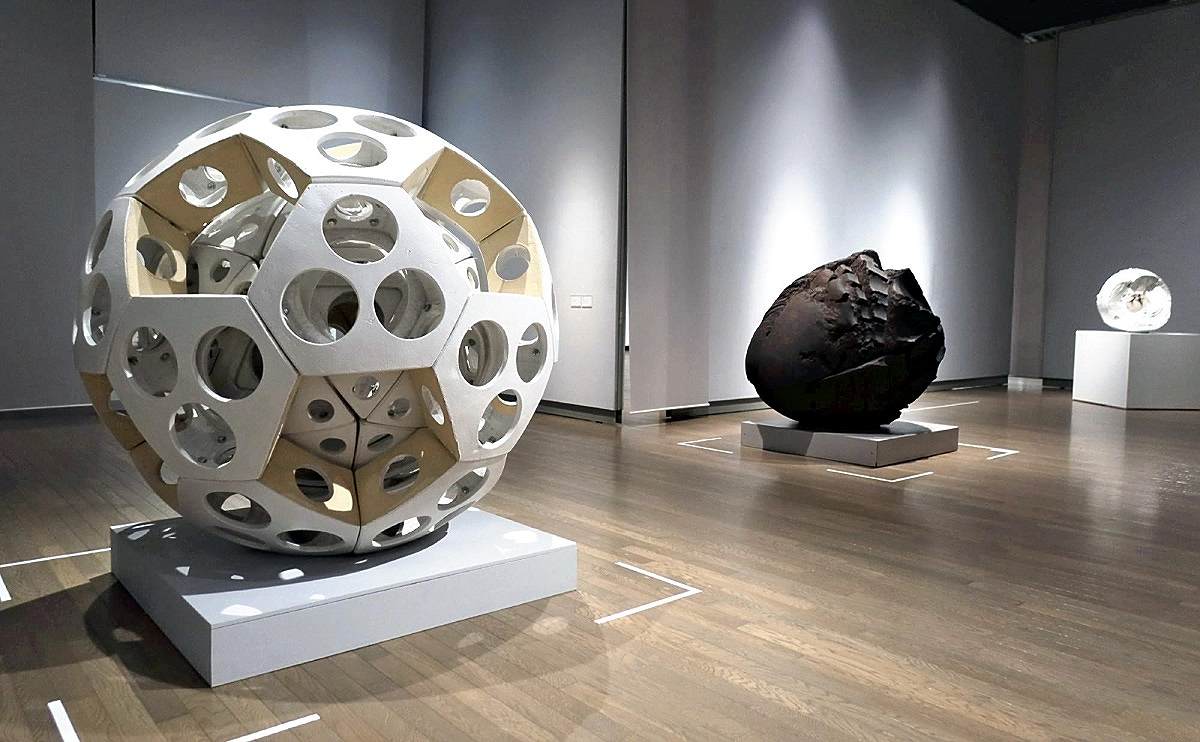
Kaoru Minamino’s artwork, left, is seen at the Museum of Modern Art, Wakayama.
“The variety of expression shows the artists were serious about ceramics,” said Yasuhiko Okumura, curator of the museum.
The Shiga Museum of Art in Otsu, Shiga Prefecture, reopened in April after being closed since December last year to renovate the facility’s air conditioning system. The museum opened in 1984, and in 2016 became the first public art museum in Japan to adopt a policy to collect “art brut,” a term for artwork created by people with no formal art education and for those with disabilities. The museum was also closed for four years between 2017 and 2021 to build a cafe and facilities for children.
After reopening, the exhibition “Creative Adventures by 45 Japanese Art Brut Creators” was held until June 23 to highlight the museum’s collection policy. About 450 works were shown at the “Art Brut Japonais” exhibition in Paris in 2010-2011. They are considered revolutionary works that raised the reputation of Japan’s Art Brut scene.
Among the art on display was “Crane Ship” by Kenichi Yamazaki, who was admitted to a psychiatric hospital for a long period of time. Yamazaki meticulously drew heavy machinery and plants with vivid colors on graph paper.
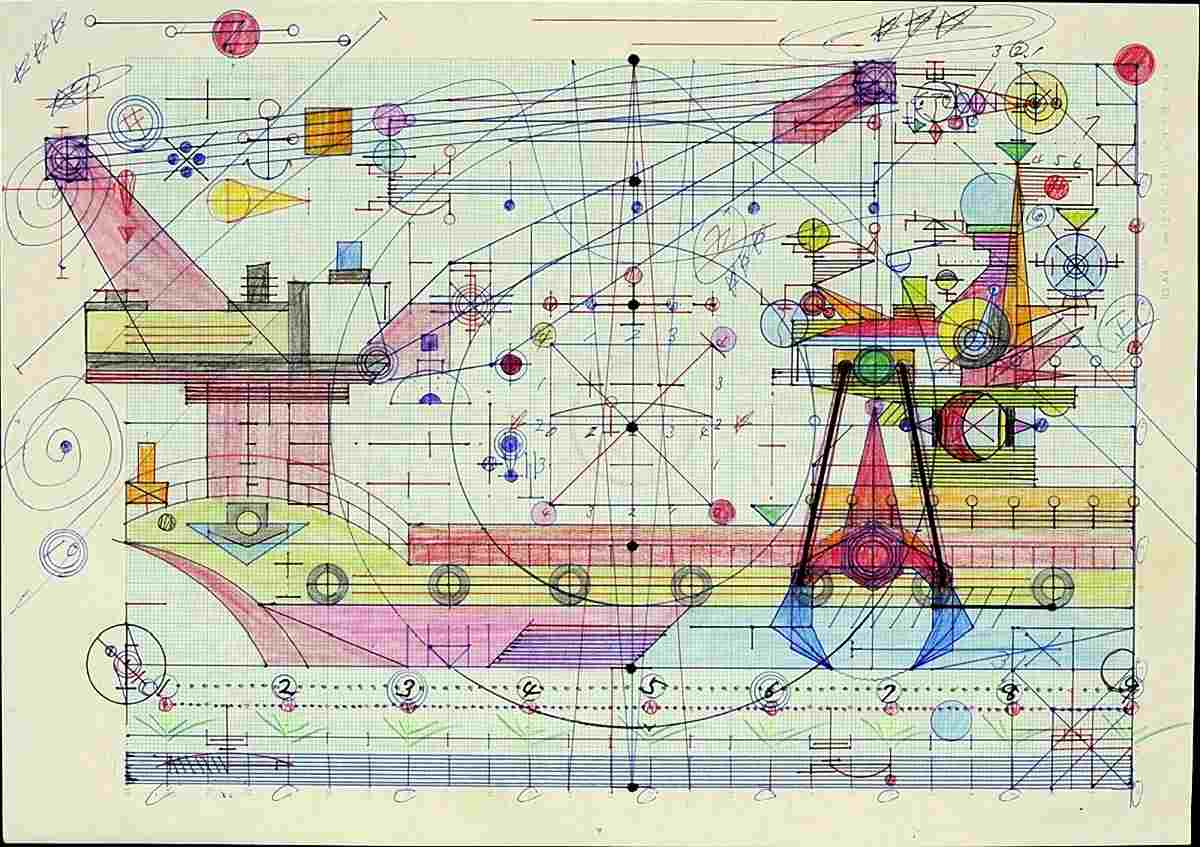
“Crane Ship” by Kenichi Yamazaki (Collection of the Nippon Foundation). Photo by Nobuo Onishi
Construction boom
In recent years, museums around the country have been undergoing renovation and repair work. Many of them opened during the bubble economy from the mid-1980s to early 1990s. Atsuo Yasuda, director of the Museum of Art, Kochi, refers to the period as the “art museum construction boom era.” Yasuda also serves as secretary of the museum management research group at the Japanese Council of Art Museums.
Many of the museum’s structures are showing their age, and essential preservation equipment, such as air conditioning units, are deteriorating. As collections and materials increase, workspace areas are becoming more cramped. Museums also are required to introduce new lighting and digital signage to keep up with the changing times.
Yasuda said that they have been forced to close all or parts of the museum to carry out construction work, and the situation is expected to continue in other parts of the country for some time.
"Culture" POPULAR ARTICLE
-
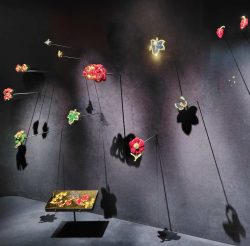
Van Cleef & Arpels Dazzles with Art Deco Artisanry at Tokyo Exhibit
-

Disney’s ‘Twisted-Wonderland’ Animated Series Puts Villains in Spotlight: New Show Features School Inspired by Classic Disney Films
-

Japan Plans to Distribute Manga Overseas Via New Platform
-

Japanese Craftsman Produces Beautiful and Durable Bags Made of Wood
-

Ayumi Hamasaki’s Shanghai Concert Canceled Day Before Schedule as Part of Beijing Backlash
JN ACCESS RANKING
-

Keidanren Chairman Yoshinobu Tsutsui Visits Kashiwazaki-Kariwa Nuclear Power Plant; Inspects New Emergency Safety System
-

Imports of Rare Earths from China Facing Delays, May Be Caused by Deterioration of Japan-China Relations
-

University of Tokyo Professor Discusses Japanese Economic Security in Interview Ahead of Forum
-

Japan Pulls out of Vietnam Nuclear Project, Complicating Hanoi’s Power Plans
-

Govt Aims to Expand NISA Program Lineup, Abolish Age Restriction


